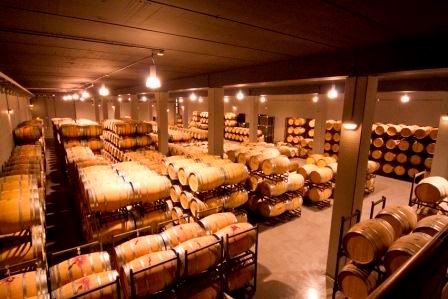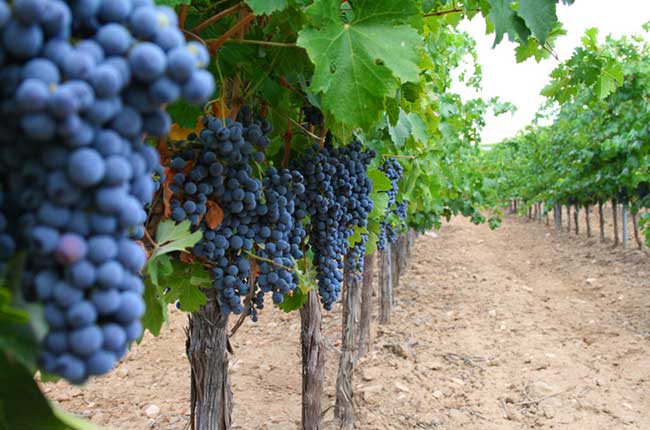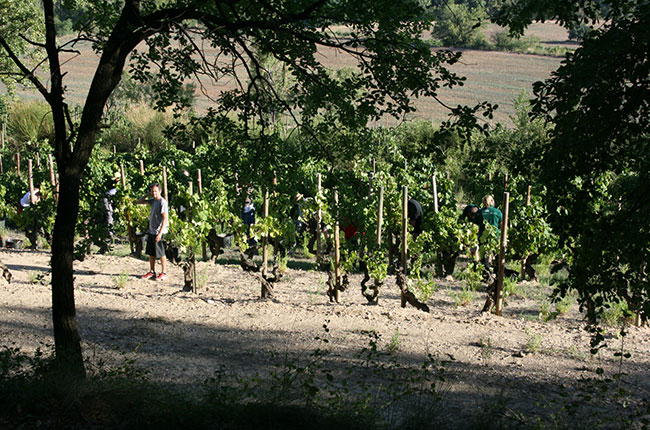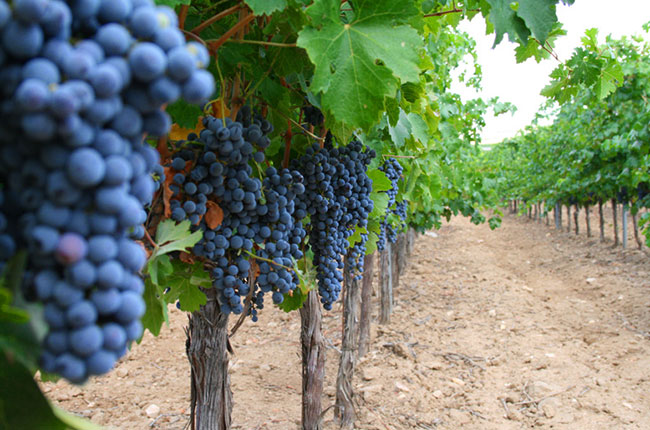The Consejo Regulador of Rioja has announced plans to introduce a ‘Vinedos Singulares’ single (or more exactly singular) vineyard designation – but some producers question whether it goes far enough...
Rioja single vineyard classification
To use the new Rioja single vineyard classification, producers will have to justify the ‘natural delimitation of the vineyard’ and be entirely hand harvested.
Yields will have to be at least 20% lower than the usual DOCa level, full traceability is in place and wines will have to be vinified and aged separately.
The stated intention is to extend this to include village and other sub-zone designations in the future.
The move follows years of lobbying from key winemakers, and an official tasting committee will oversee the process.
Thomas Perry, a wine marketing consultant and ex-managing director of the Rioja Wine Exporters Association who has lived in the region for 34 years, told Decanter.com that the possibility only came into effect in 2003, when a new general Spanish wine law created the category of ‘Vino de Pago’ – essentially single vineyard wines.
At the time it was not taken up by Rioja, but the region has come under increasing pressure ever since to do so.
The new designation will exist alongside the current system where Rioja wines are labelled according to their length of barrel and bottle ageing with Joven, Crianza, Reserva and Gran Reserva.
Wines that qualify in these categories can now be labelled ‘Crianza from a single vineyard’, for example.
‘It reconciles the interests of winemakers… as well as those of opinion leaders and end consumers who demanded more information on the label’, the DOCa said in a statement last week.
Is it enough?
The trade and producers have largely welcomed the move, although doubts remain as to how far it goes.
In January 2016, over 150 merchants and producers signed a so-called Terroir Manifesto demanding greater recognition of Spain’s terroir in its vineyard designations.
Although Vinedos Singulares is seen to go some way to addressing that issue, many producers worry that it will stall further progress towards a true pyramid system – seen in places such as Burgundy – that clearly explains location and terroir of vines.
Peter Sisseck, winemaker in Ribero del Duero and one of the signatories to the Terroir Manifesto, said, ‘The worry is that this benefits the big farmers once again, because there doesn’t seem to be an upper limit for what constitutes a single vineyard in size. The fear is that the Consejo will think that this has gone far enough, and the more important reforms of introducing a true pyramid system indicating regional and village wines will not go ahead. It’s a move in the right direction, and clearly it has been difficult to get a consensus on reforms, but we need to go further.’
‘It’s a move in the right direction, and clearly it has been difficult to get a consensus on reforms, but we need to go further’.
Related stories:

Rioja winemaker swaps oak for chestnut
Rioja producer Oscar Tobia is experimenting with alternatives to oak barrels for ageing and plans to release a blended white

Anson on Thursday: Redefining Rioja terroir
Jane Anson explores Rioja terroir with fresh eyes and finds there is a fightback in the Spanish region among those

Rioja rules check – ask Decanter
Do DOCa Rioja rules require that each wine is barrel aged, bottled and labelled in a single release?

Anson on Thursday: The New Spanish Manifesto
Jane Anson meets the exciting new generation of Spanish winemakers, who are looking to shake things up...

All change for Rioja quality?

Does ‘reserve’ mean better? Ask Decanter
Does 'reserve' mean better?





